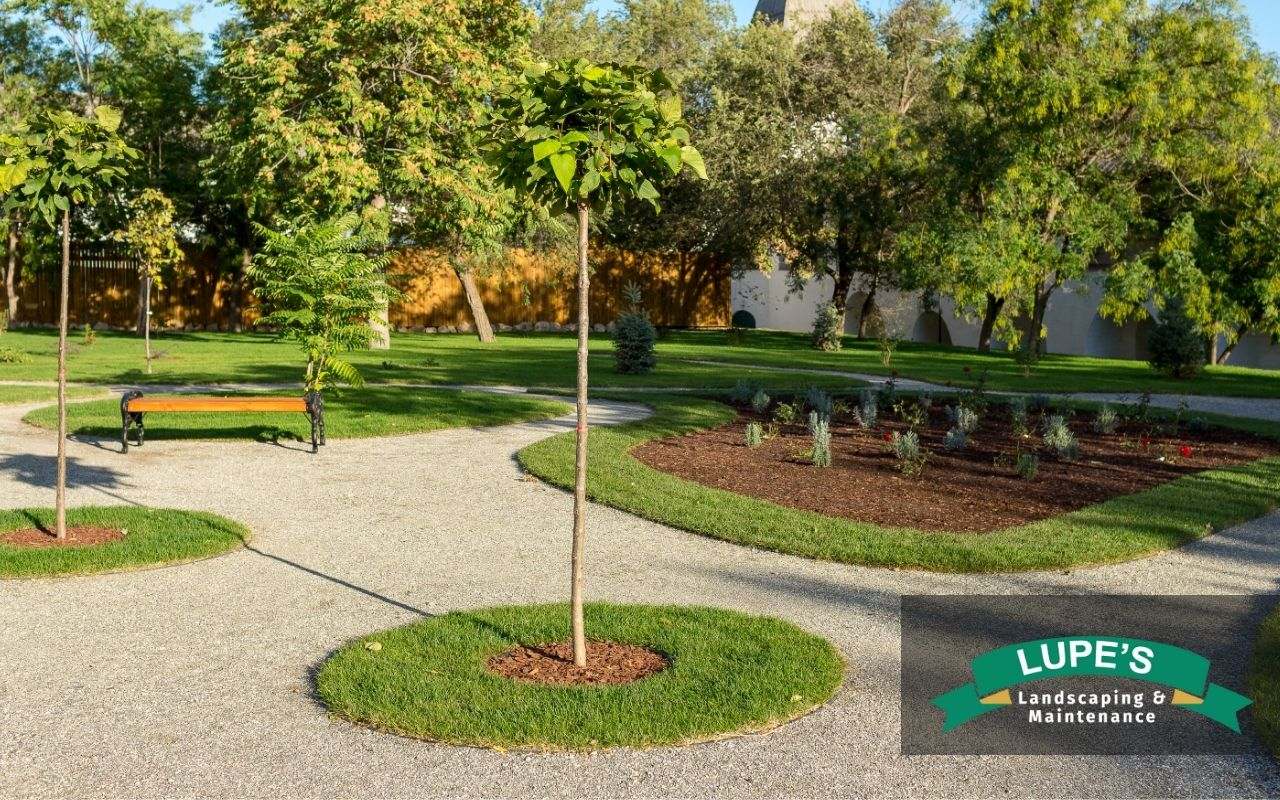
Creating a sustainable landscape design is a meaningful way to transform your outdoor space while protecting the environment. Kingston, WA, offers the perfect backdrop for eco-friendly landscaping practices that reduce waste, conserve water, and support local ecosystems. Whether you’re designing a backyard retreat or improving a commercial property, incorporating sustainability into your landscape can enhance beauty while reducing environmental impact. This guide explores the key principles of sustainable landscape design, including eco-friendly materials, native plants, and low-water solutions.
Key Elements of Sustainable Landscape Design
Eco-Friendly Landscape Materials
Using sustainable materials is a cornerstone of eco-friendly landscape design. Recycled pavers, reclaimed wood, and permeable surfaces are excellent choices that help reduce your environmental footprint. Permeable materials also allow water to filter through the soil naturally, preventing runoff and reducing the risk of flooding. Incorporating materials like gravel, crushed stone, or repurposed concrete can create stunning pathways or patios while aligning with sustainable principles. For larger projects, using local materials reduces transportation emissions and supports regional industries. Kingston homeowners can opt for locally sourced stone or reclaimed bricks to create a unique and environmentally conscious look.
Native Plant Landscaping
Native plants are essential for sustainable landscape design. They thrive in Kingston’s natural climate, require minimal maintenance, and support local wildlife like bees, birds, and butterflies. Salal, sword ferns, and Oregon grape are some of the most popular native options for Kingston landscapes. These plants are naturally resistant to pests and diseases, eliminating the need for chemical treatments. Additionally, native plants reduce water consumption, as they are already adapted to the area’s rainfall levels. Incorporating native shrubs and perennials also enhances biodiversity and creates a harmonious connection between your garden and the surrounding environment.
Low-Water Landscaping
Water conservation is a fundamental aspect of sustainable design. Low-water landscaping techniques, such as xeriscaping, use drought-tolerant plants like lavender, ornamental grasses, and sedum to reduce irrigation needs. Adding mulch to garden beds retains soil moisture and suppresses weeds, creating a healthier, low-maintenance landscape. Installing efficient irrigation systems, like drip irrigation, ensures that plants receive water directly at their roots. This method minimizes waste and keeps your garden thriving, even during dry spells. Pairing these systems with rainwater harvesting can further reduce your reliance on municipal water.
Benefits of Sustainable Gardens in Kingston, WA
Sustainable gardens are more than an eco-friendly choice—they’re a practical and beautiful solution for long-term landscaping. By using sustainable materials, native plants, and water-saving techniques, you can create an outdoor space that enhances the environment while requiring less maintenance. Contact us today to learn more about transforming your property with sustainable landscape design.
